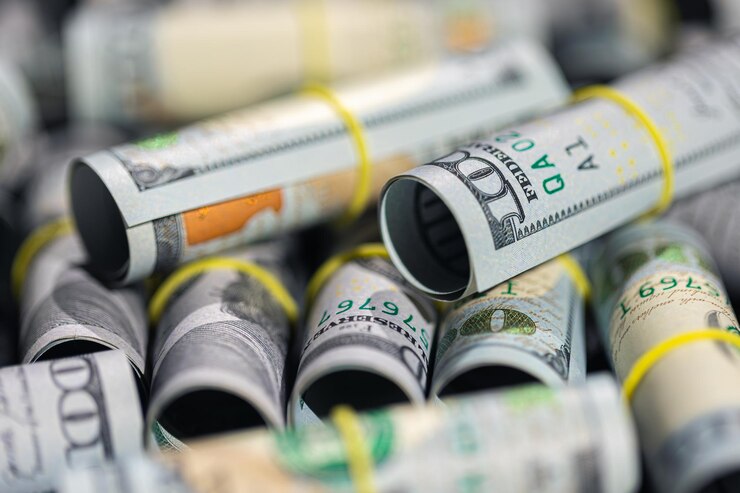
Introduction: The Rise of Nickel as an Investment Opportunity
Nickel has emerged as a significant investment opportunity in recent years. Its essential role in various industries, particularly in producing stainless steel and electric vehicle (EV) batteries, has fueled growing demand. This article examines the factors driving nickel’s popularity, its applications, and how investors can capitalize on this expanding market.
The Importance of Nickel in Modern Industry
1. Nickel in Stainless Steel Production
Nickel plays a crucial role in producing stainless steel, widely used in applications ranging from kitchenware to construction materials. Approximately 70% of the world’s nickel finds its way into stainless steel production. Its corrosion resistance, strength, and durability make nickel indispensable across industries like automotive, aerospace, and architecture.
2. Nickel’s Role in Electric Vehicle Batteries
As the world shifts towards greener energy solutions, the demand for electric vehicles is soaring. Nickel serves as a vital ingredient in lithium-ion batteries used in EVs. Battery chemistries such as nickel-cobalt-manganese (NCM) and nickel-cobalt-aluminum (NCA) enhance energy density and performance. Consequently, as governments worldwide promote electric mobility to combat climate change, the demand for nickel in battery production is projected to rise significantly.
Market Dynamics Influencing Nickel Prices
1. Supply and Demand
The balance of supply and demand significantly impacts nickel prices. Global nickel production largely concentrates in a few countries, including Indonesia, the Philippines, and Russia. Any disruptions in these regions, such as political instability or natural disasters, can affect supply and lead to price fluctuations.
2. Technological Advancements
Innovations in extraction and refining technologies can also influence nickel availability. For instance, advancements in hydrometallurgical processes have made it easier to extract nickel from laterite ores, increasing overall production capacity. As production methods become more efficient, they help meet the growing demand for nickel.
3. Environmental Regulations
As awareness of environmental issues increases, stricter regulations on mining practices are being implemented globally. Companies now face pressure to adopt sustainable practices in nickel extraction and processing. Such regulations may affect production costs and, consequently, nickel prices.
Investment Opportunities in Nickel
1. Nickel Mining Stocks
Investing in nickel mining companies provides a direct way to gain exposure to the nickel market. Leading nickel producers include Vale S.A., Norilsk Nickel, and Glencore. By purchasing shares in these companies, investors can benefit from rising nickel prices and their associated profits.
2. Exchange-Traded Funds (ETFs)
For those looking to diversify their investments, nickel-focused ETFs offer a balanced approach. These funds typically invest in a variety of mining companies, providing exposure to the broader nickel market without the need for individual stock selection. ETFs like the Global X Lithium & Battery Tech ETF (LIT) include companies involved in nickel production.
3. Futures Contracts
Advanced investors might consider trading nickel futures contracts on commodities exchanges. This approach allows investors to speculate on nickel prices, creating opportunities for profit as market conditions change. However, trading futures carries higher risks and requires a solid understanding of the commodities market.
The Future of Nickel Investments
1. Increasing Demand from Emerging Markets
Countries like China and India experience rapid urbanization and industrial growth, leading to increased demand for stainless steel and nickel. As these economies continue to develop, they will likely require more nickel, making it a critical resource for the future.
2. The Electric Vehicle Revolution
Automakers are committing to electric vehicle production, causing the demand for nickel in battery manufacturing to increase exponentially. Industry experts predict that nickel usage in EV batteries could grow from 180,000 metric tons in 2021 to over 500,000 metric tons by 2030. This shift represents a significant opportunity for investors looking to capitalize on the burgeoning EV market.
Conclusion
Nickel stands poised to become a key investment opportunity in the coming years. Its essential role in stainless steel production and the growing demand for electric vehicle batteries drive this potential. Investors can explore various avenues, including mining stocks, ETFs, and futures contracts, to benefit from the evolving nickel market. As the focus on sustainability and technological advancements increases, nickel’s future appears promising, making it a worthy consideration for any investment portfolio.






